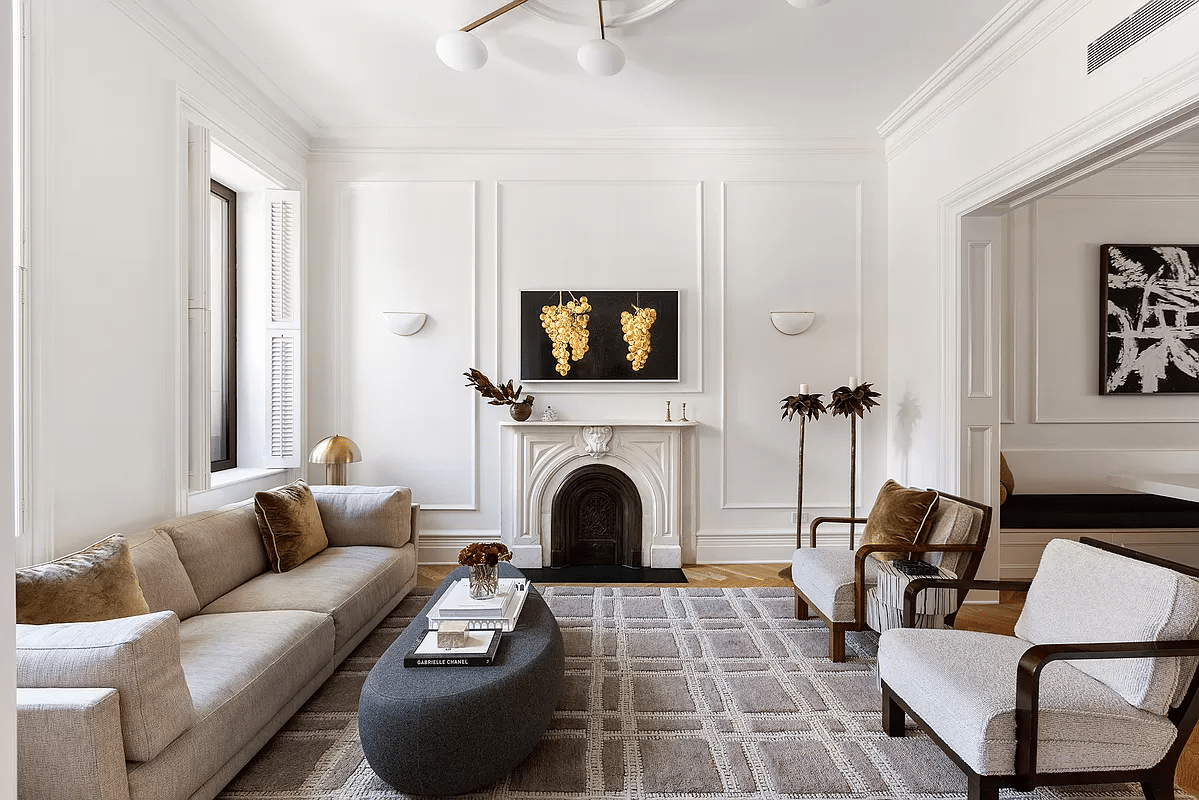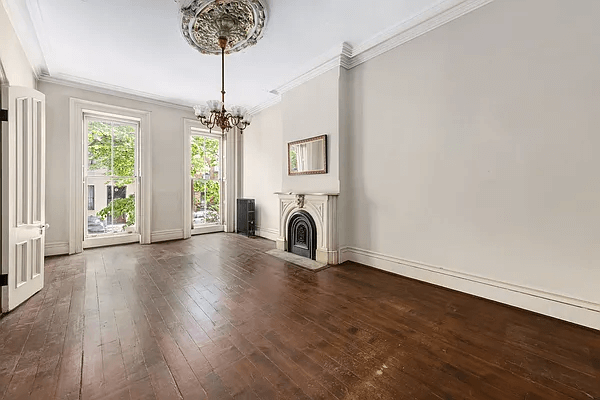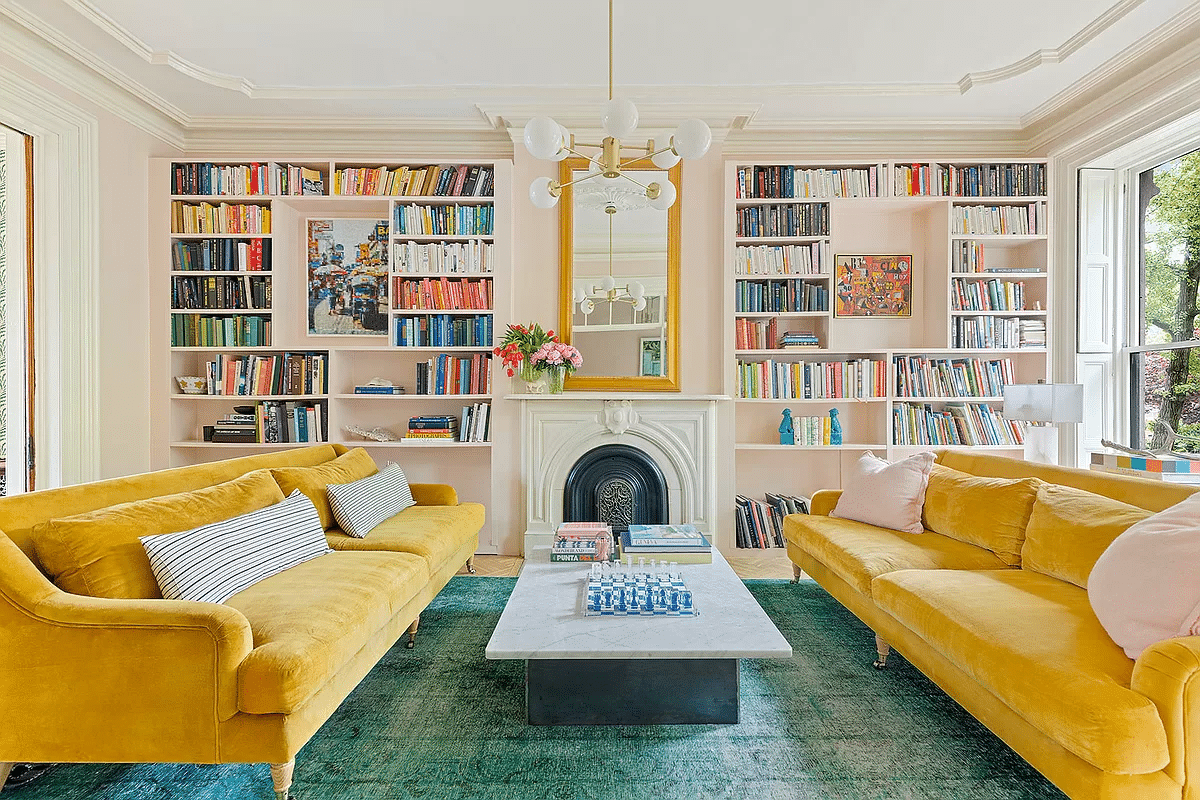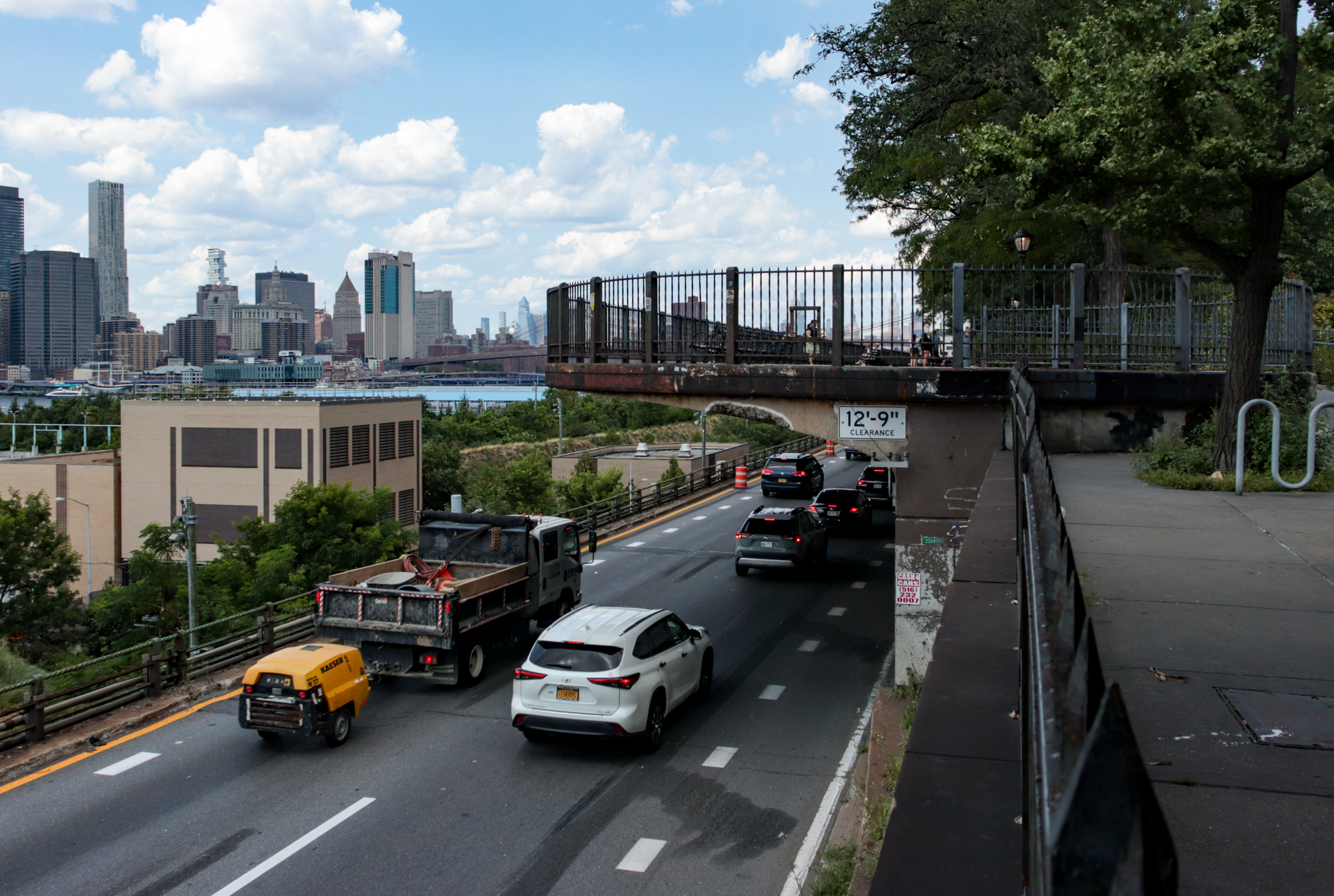Walkabout: Millionaire's Row - St. Marks Ave.
Read Part 2 of this story. Every well to do neighborhood has a street, or maybe more than one, that is THE desired address. In Manhattan, that may be Park Ave, or Sutton Place. In Brooklyn, in the late 19th and early 20th century, Clinton Hill had Clinton Avenue, Brooklyn Heights; Pierrepont Street, or Columbia…


Read Part 2 of this story.
Every well to do neighborhood has a street, or maybe more than one, that is THE desired address. In Manhattan, that may be Park Ave, or Sutton Place. In Brooklyn, in the late 19th and early 20th century, Clinton Hill had Clinton Avenue, Brooklyn Heights; Pierrepont Street, or Columbia Heights. Stuyvesant Heights had Stuyvesant Avenue, and nearby, in the southern part of Bedford, was St. Marks Avenue.
The story of the development of Brooklyn cannot be properly told without the inclusion of the advances in transportation. By the mid 1800’s, parts of Brooklyn were gaining reputations as desirable suburban retreats.
In 1883, the Brooklyn Bridge opened, making travel between Brooklyn and Manhattan possible for businessmen who wanted to live far from their lower Manhattan offices and warehouses. Clinton Hill became a wealthy neighborhood with the mansions of the newly rich; the merchants, inventors, financiers, and their lawyers building large estates on Clinton Avenue.
Park Slope, with its mansions on Prospect Park West and Eighth Avenue, near Prospect Park, followed several years later. By this time, horse drawn trolleys and omnibuses ran regularly up Flatbush Avenue and down Fulton Street, electrified by the late 1990’s.
However, it was the advent of the King’s County Elevated Railroad, beginning at Fulton Landing, running along Fulton St, and extending to East New York, by 1889, that was responsible for the rapid growth of Bedford, Stuyvesant Heights, and what is now known as Crown Heights North. By the 1890’s, large mansions and homes were springing up between Pacific and Sterling, Bedford and Kingston. This area became known as the St. Marks District, and St. Marks Avenue was its most expensive and desirable address.
The Brooklyn Daily Eagle tells us that St. Marks Avenue opened between Nostrand and Albany in November of 1873. By 1877, gas lamp posts and lanterns were installed between Nostrand and Franklin, with the eastern part of the street following a few years later.

The oldest surviving mansion on St. Marks Avenue is the Dean Sage Mansion, on the corner of Brooklyn and St. Marks, now across the street from the Brooklyn Children’s Museum and Brower Park. It was designed by Russell Sturgis, one of American’s great architects and scholars, in 1870.
Sturgis also designed Battell Chapel, Farnum and Durfee Halls at Yale University, and is best known for his lectures, teaching and writings on architectural history and criticism. There are very few Sturgis buildings left in New York City, making this one even more of a treasure.
Built for a wealthy lumber dealer, it stood alone on its large lot for many years, and now has the distinction of being the second oldest house in Crown Heights North. The grounds once had a large formal garden, traces of which still remain.

By 1915, the three blocks between Nostrand and Kingston Avenue filled with a mixture of large wood framed houses and impressive stone mansions. Each block had only six or seven houses on each side of the street, some even less.
They were owned by some of Brooklyn’s wealthiest merchants, doctors and other professionals. Sugar magnate John E. Searles owned 810 St. Marks in the 1870’s. His house was torn down and replaced by a replica of Kaiser Wilhelm’s residence in Potsdam, Germany, by one Ludwig Nissen, at the turn of the century. Nathan Straus, of Abraham & Straus and Macy’s lived on St. Marks near Brooklyn Avenue.
Perhaps the largest and most impressive house was the Seaman’s Mansion, which stood on a huge lot at 989 St. Marks Ave. This house was built in 1903 for Clarence Seamans, multi-millionaire owner of Union Typewriter, the largest business machine company in the world at the time.
Designed by Montrose Morris, one of his finest commissions, the mansion cost over a million dollars to build and furnish, at a time when the average house cost only several thousand. St. Marks was listed as one of the most exclusive and desirable streets in the city. By 1915, the NY Times stated that four of the homes on St. Marks had the highest assessed values of any private homes in Brooklyn. The St. Marks District had truly arrived.Check out the neighborhood on Flickr.
Thursday: More St. Mark’s goodies the row houses, and the fate and legacy of the St. Marks District.














I want to know more about the “Soviet Private School” in the Flickr set. Was it for red-diaper babies?
As always, thanks so much Ms. Morris and greetings to NOP!
🙂
Hmm, very true, mopar. I think he loved the earlier stuff better, as do many people. I think that’s a great idea. Hmmmmmmm.
Trolleys and omnibuses electirified by the late 1990s? Tsk, tsk, tsk. Always remember to proofread your document.
I believe this structure is now a group home for adults with psychiatric disabilities.
Like your story, NOP.
Montrose, on a different but related subject: I was rereading Bricks & Brownstones last night. He has only about six pages on the entire period from 1875 to 1930 and he spends a good deal of them discussing the 1860s. It is completely ridiculous. If you are interested, I think we could use a book as good as Bricks & Brownstones on New York City rowhouses in the late Victorian period and Edwardian periods. Let’s say 1875 to 1920. It’s quite difficult now to identify the decade of various interior building elements. Also, Bricks & Brownstones treats only the most incredible examples of architecture in the late Victorian period, during a time when there must have been quite a range depending on the wealth of the occupant, thanks to machine milling and other industrial processes.
Montrose – thank you so much for this. I live in Crown Heights North too, on St. Mark’s between Brooklyn and Kingston, and LOVE the information you provide on our neighborhood! Thanks for calling attention to (IMO) one of the most beautiful neighborhoods in Brooklyn!
Montrose: In a taxi bouncing to an airport, but thought I’d try via I-phone.
Is it any wonder my Park Slope grandmother thought Crown Heights socially superior to her own neighborhood? Whenever “calling” she’d dress my aunts AND uncle in velvet and cart them in the Pierce Arrow to — for my uncle,anyway — unbearable afternoons among the tea cups.
Grandmother also called at Manhattan houses like the Fricks’, so she knew what she was talking about. And frankly, your photographs show Brooklyn really gave New York a run for the money.
Impossible to write here in the back seat. May try again later tonight.
Nostalgic on Park Avenue
Those mansions are as spectacular inside as they are outside. We’ve been in a couple of them- they are amazing. Crown Heights North is such a beautiful neighborhood and its wonderful to walk around with MM and get all this history drummed into me. Although sometimes it does border on abuse 🙂